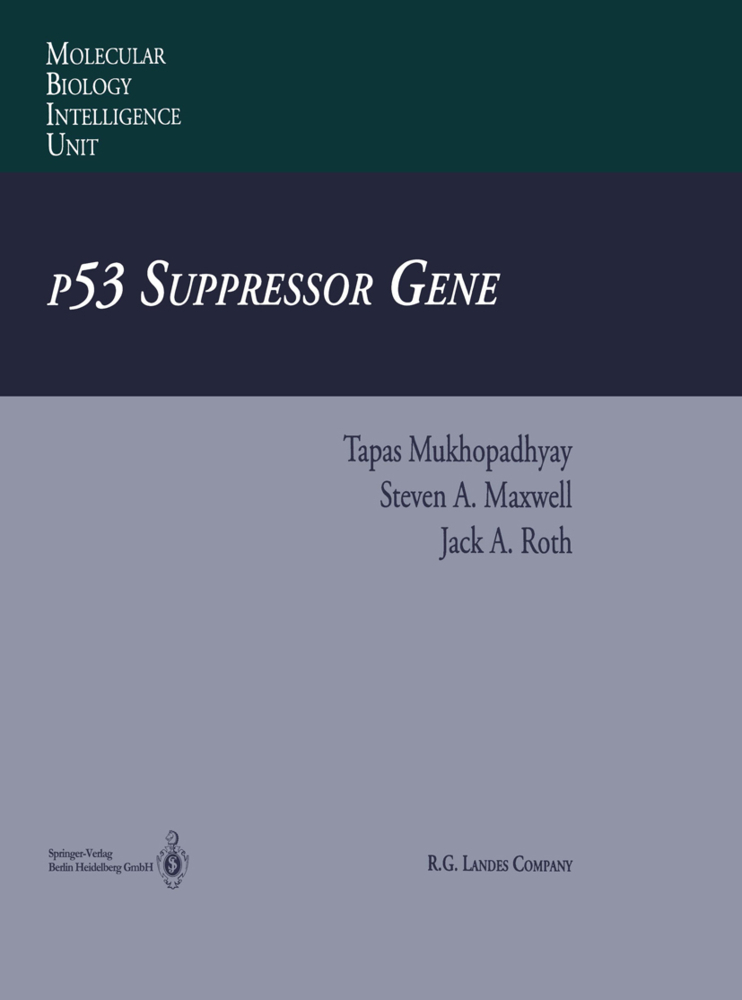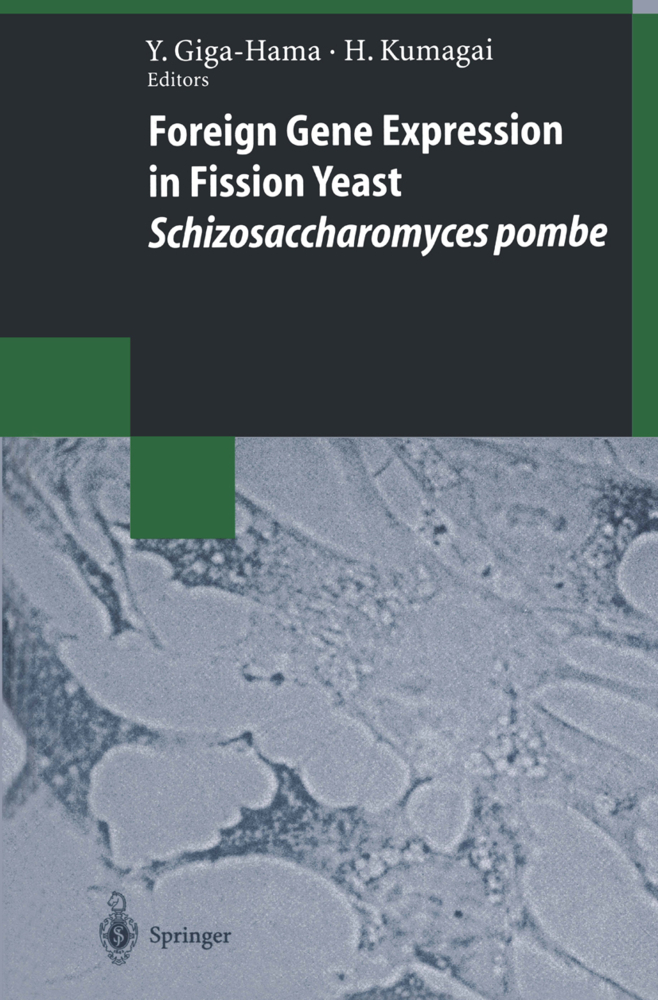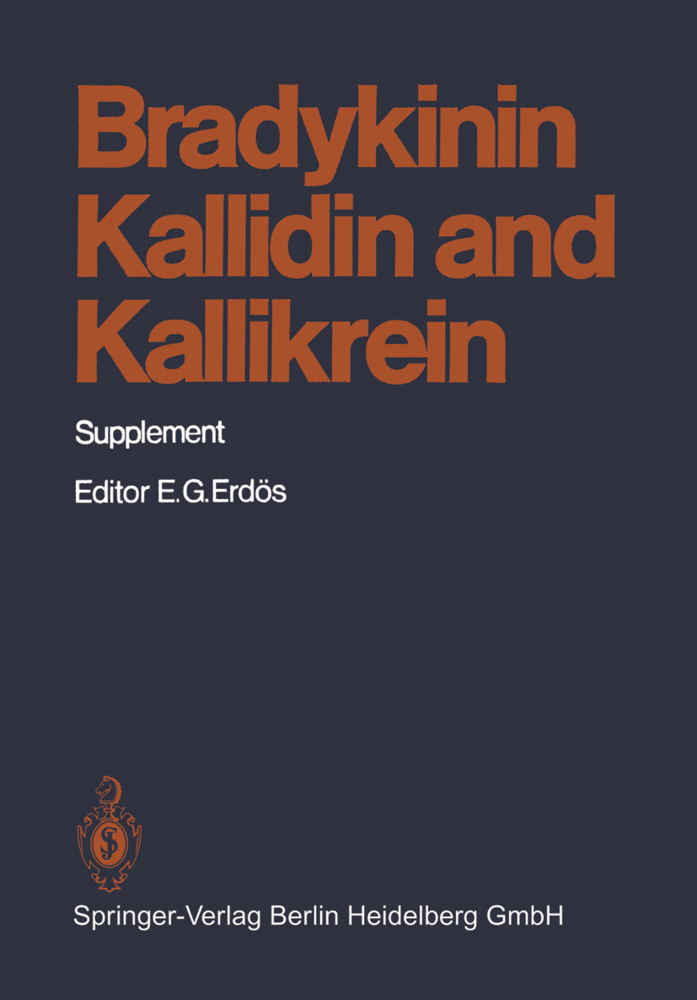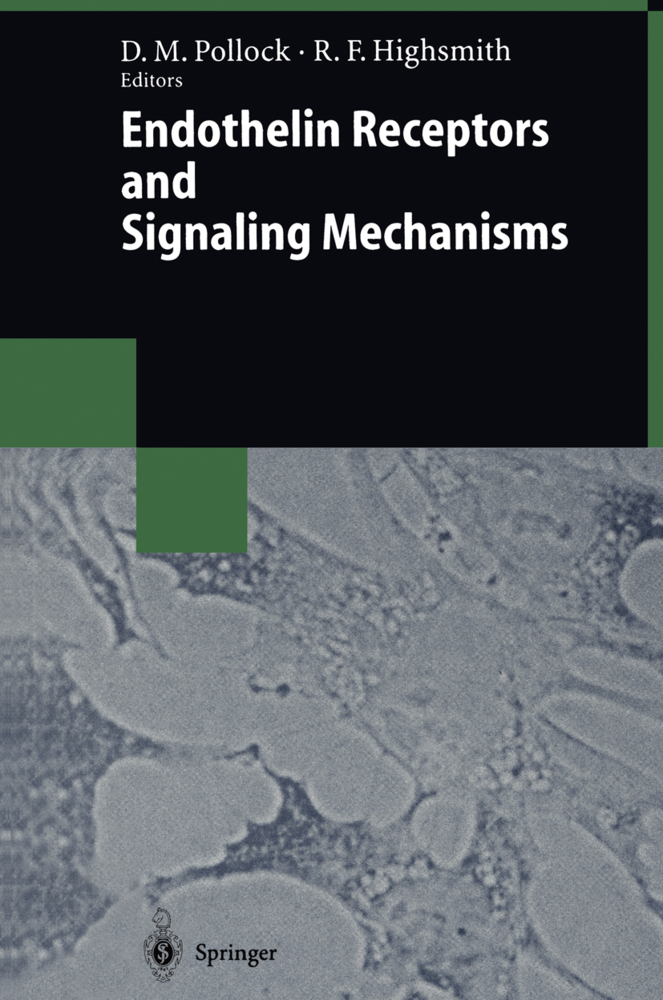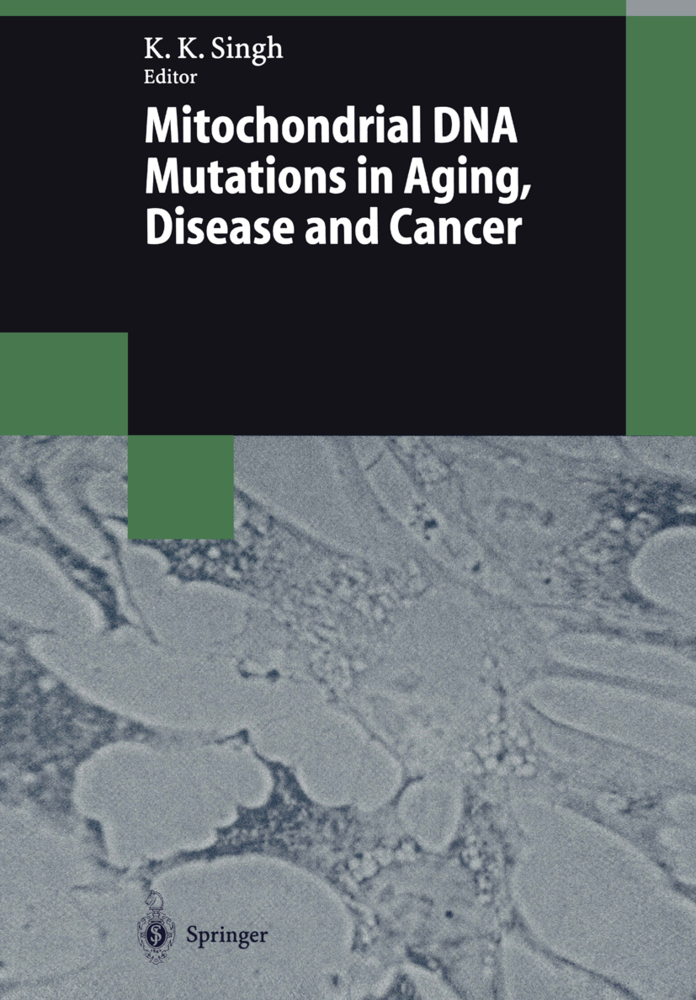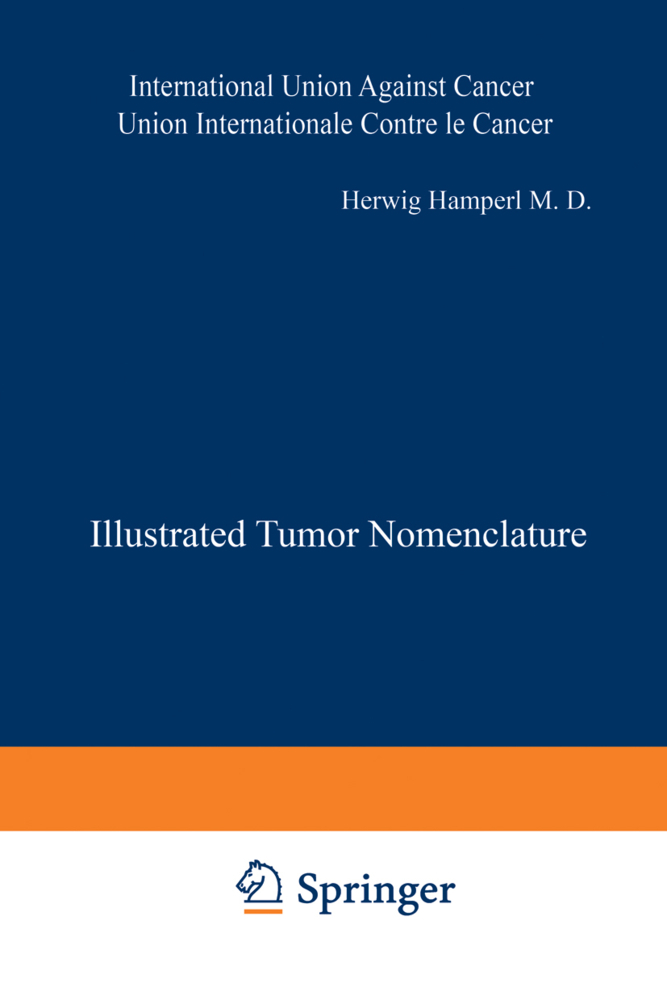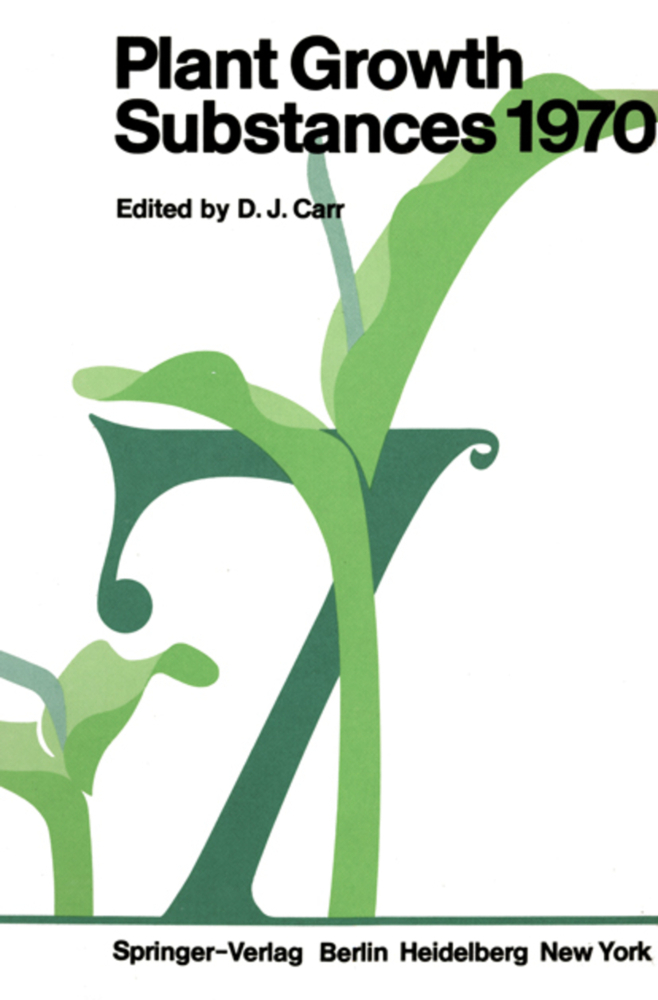p53 Suppressor Gene
p53 Suppressor Gene
This book is about the p53 gene, one of the most frequently mutated or deleted genes in human cancers. The frequent occurrence of inactivated p53 implicates this gene product in the genesis of many human cancers. The p53 gene can suppress the growth of cancer cells and the transformation process by oncogenes. The p53 protein is a transcription factor that can repress or activate promoters containing one of three p53 DNA-binding motifs. The activity of p53 is regulated by phosphorylation and other transcription factors. Replacement of the p53 function or restoration of the p53 biochemical pathway is a focus of gene therapy.
3. Wild-Type versus Mutant p53
4. Biophysical and Biochemical Properties of the p53 Protein
5. Regulation and Modulation of the Function of p53
6. Potential Clinical Significance of the p53 Tumor Suppressor Gene in Cancer Patients.
1. The Role of p53 in Cancer
2. Gene Structure3. Wild-Type versus Mutant p53
4. Biophysical and Biochemical Properties of the p53 Protein
5. Regulation and Modulation of the Function of p53
6. Potential Clinical Significance of the p53 Tumor Suppressor Gene in Cancer Patients.
Mukhopadhyay, Tapas
Maxwell, Steven A.
Roth, Jack A.
| ISBN | 978-3-662-22277-5 |
|---|---|
| Medientyp | Buch |
| Auflage | Softcover reprint of the original 1st ed. 1995 |
| Copyrightjahr | 2014 |
| Verlag | Springer, Berlin |
| Umfang | XI, 132 Seiten |
| Sprache | Englisch |

